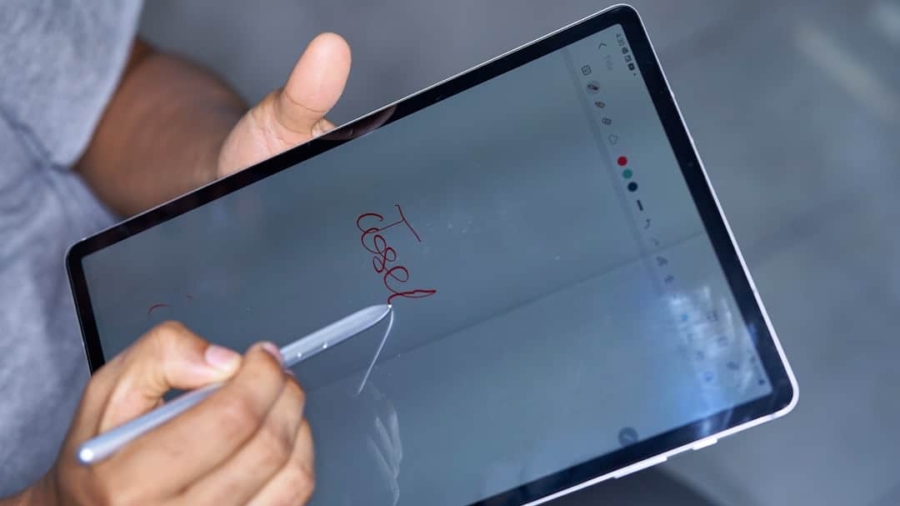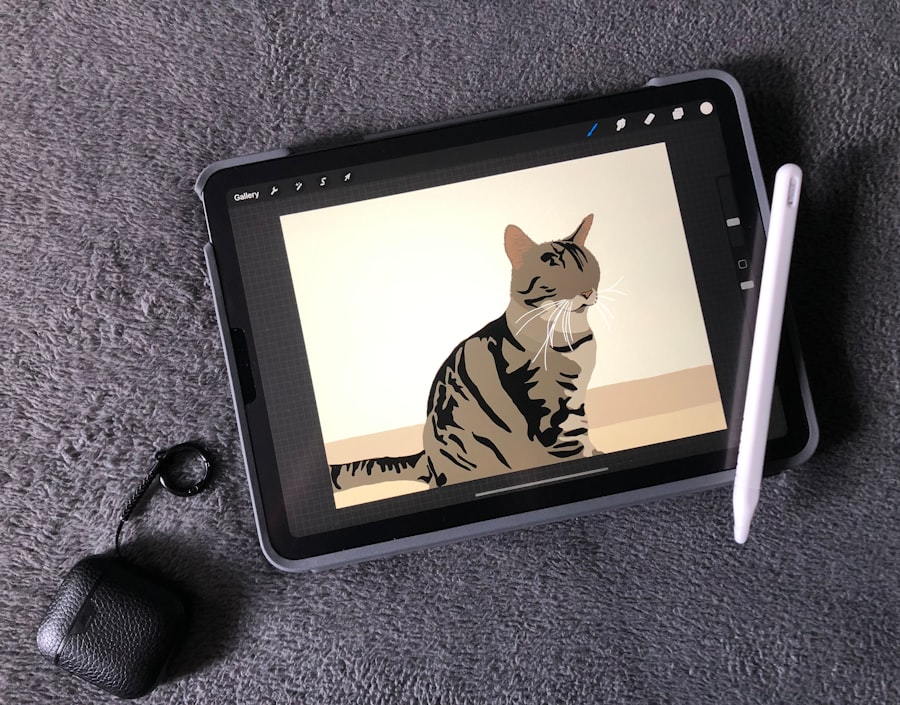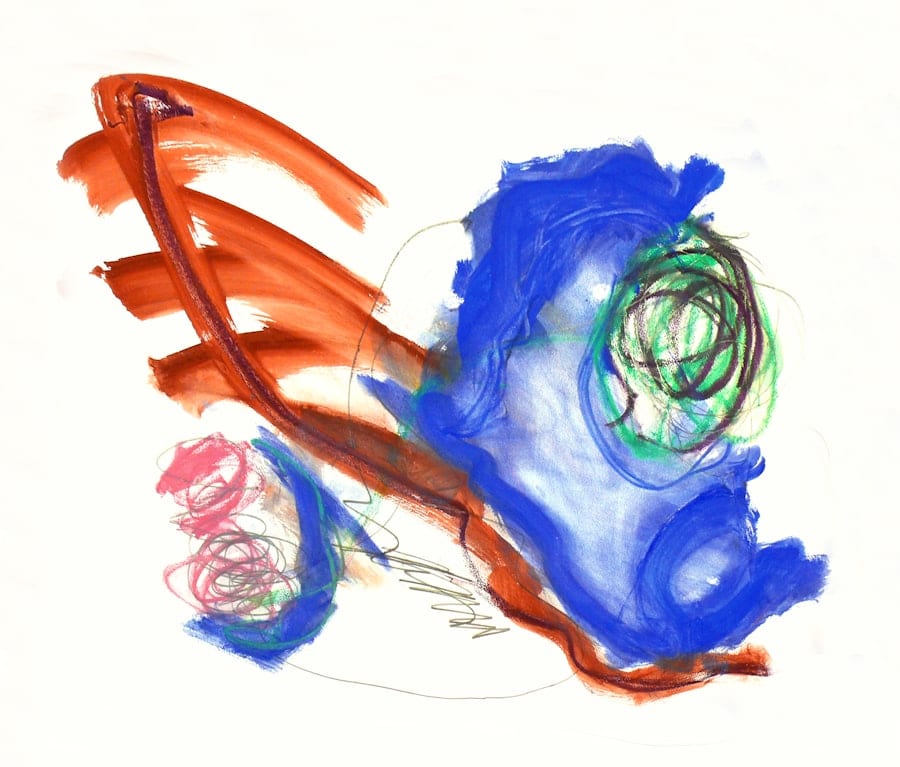The intersection of education and technology, commonly referred to as EdTech, has revolutionized various fields, including design and art. In recent years, the integration of digital tools and platforms into educational frameworks has transformed how students learn, create, and express themselves. This transformation is particularly significant in design and art disciplines, where creativity and innovation are paramount.
The advent of EdTech has not only democratized access to high-quality educational resources but has also fostered an environment where collaboration and experimentation thrive. As a result, students are now able to engage with their craft in ways that were previously unimaginable. The rise of EdTech in design and art education is characterized by a plethora of online courses, interactive platforms, and digital tools that cater to diverse learning styles.
These resources enable students to explore their creative potential while acquiring essential technical skills. From graphic design to fine arts, the application of technology in education has opened new avenues for artistic expression and professional development. As educators increasingly recognize the importance of integrating technology into their curricula, the landscape of design and art education continues to evolve, paving the way for a more dynamic and inclusive learning experience.
Key Takeaways
- EdTech is revolutionizing the way design and art education is delivered, offering new opportunities for creativity and skill development.
- EdTech plays a crucial role in nurturing creative skills by providing interactive and immersive learning experiences for students in design and art fields.
- Case studies demonstrate how EdTech is transforming design and art education, enabling students to access resources and collaborate with peers and experts globally.
- EdTech benefits design and art education by fostering creative thinking through personalized learning, real-time feedback, and access to a wide range of tools and resources.
- The latest EdTech innovations offer a diverse range of tools and platforms that cater to the specific needs of design and art students, enhancing their learning experience and skill development.
The Role of EdTech in Developing Creative Skills
Mastering Industry-Standard Software
Platforms like Adobe Creative Cloud offer students the opportunity to master industry-standard software used in graphic design, photography, and video editing.
Fostering Collaboration and Feedback
EdTech fosters collaboration among students, which is essential for developing creative skills. Online forums, social media groups, and collaborative platforms such as Behance allow artists and designers to share their work, receive feedback, and engage in constructive discussions. This exchange of ideas can lead to innovative solutions and inspire students to push the boundaries of their creativity.
Interactive Learning Experiences
Additionally, many EdTech platforms incorporate gamification elements that make learning more engaging and enjoyable. By turning the learning process into an interactive experience, students are more likely to take risks and explore new concepts without the fear of failure.
Case Studies: How EdTech is Impacting Design and Art Education
Several case studies illustrate the profound impact of EdTech on design and art education. One notable example is the use of virtual reality (VR) in art education at institutions like the University of Southern California (USC). USC’s School of Cinematic Arts has integrated VR technology into its curriculum, allowing students to create immersive experiences that blend storytelling with visual art.
This innovative approach not only enhances students’ technical skills but also encourages them to think outside the box when it comes to narrative construction and audience engagement. Another compelling case study is the implementation of online learning platforms such as Skillshare and Coursera in design education. These platforms offer a wide array of courses taught by industry professionals, covering topics from typography to user experience design.
For instance, a student interested in web design can take a course on responsive design principles from a leading expert in the field. This accessibility to high-quality instruction enables learners to tailor their educational experiences according to their interests and career aspirations. Furthermore, the flexibility of online learning allows students to balance their studies with internships or part-time work, making it easier for them to gain practical experience while pursuing their education.
The Benefits of EdTech for Fostering Creative Thinking
The integration of EdTech into design and art education offers numerous benefits for fostering creative thinking among students. One significant advantage is the ability to access a wealth of resources that inspire creativity. Online libraries, digital galleries, and interactive tutorials provide students with exposure to diverse artistic styles and techniques from around the world.
This exposure not only broadens their artistic horizons but also encourages them to draw inspiration from various sources, ultimately enriching their creative output. Additionally, EdTech promotes a culture of experimentation and iteration, which is crucial for developing creative thinking skills. Digital tools allow students to easily manipulate their work, enabling them to explore different variations without the constraints of traditional mediums.
For example, graphic designers can quickly generate multiple iterations of a logo or layout using software like Adobe Illustrator or Figma. This iterative process encourages students to refine their ideas continuously and embrace the concept of “failing forward,” where mistakes become valuable learning opportunities rather than setbacks.
Tools and Platforms: A Look at the Latest EdTech Innovations
The landscape of EdTech is constantly evolving, with new tools and platforms emerging that cater specifically to the needs of design and art education. One such innovation is the rise of augmented reality (AR) applications that allow students to visualize their designs in real-world contexts. For instance, apps like Artivive enable artists to create augmented reality experiences that bring their artwork to life when viewed through a smartphone or tablet.
This technology not only enhances the viewer’s experience but also challenges artists to think about how their work interacts with its environment. Another noteworthy development is the proliferation of collaborative design platforms such as Miro and Figma. These tools facilitate real-time collaboration among students, allowing them to work together on projects regardless of their physical location.
For example, a group of design students can brainstorm ideas on a shared digital whiteboard using Miro while simultaneously creating wireframes in Figma. This level of collaboration mirrors industry practices, preparing students for future careers where teamwork and communication are essential.
Overcoming Challenges: Integrating EdTech into Design and Art Curriculums
Despite the numerous advantages that EdTech offers, integrating technology into design and art curriculums presents several challenges. One significant hurdle is the disparity in access to technology among students. While some learners may have access to high-end devices and reliable internet connections, others may struggle with outdated equipment or limited connectivity.
This digital divide can hinder equitable learning opportunities and create barriers for students who wish to engage with EdTech resources. Additionally, educators may face difficulties in adapting their teaching methods to incorporate new technologies effectively. Many instructors may lack training or familiarity with digital tools, which can lead to resistance or reluctance to embrace EdTech in their classrooms.
To overcome these challenges, institutions must invest in professional development programs that equip educators with the necessary skills to integrate technology into their teaching practices seamlessly. Furthermore, fostering a culture of innovation within educational institutions can encourage both educators and students to explore new technologies without fear of failure.
The Future of EdTech in Design and Art Fields
Looking ahead, the future of EdTech in design and art fields appears promising as technology continues to advance at an unprecedented pace. One potential trend is the increased use of artificial intelligence (AI) in creative processes. AI-powered tools can assist artists and designers by generating ideas, suggesting color palettes, or even creating original artwork based on user inputs.
This collaboration between human creativity and machine intelligence could lead to groundbreaking innovations in artistic expression. Moreover, as remote learning becomes more prevalent, we can expect a greater emphasis on hybrid educational models that combine online learning with traditional classroom experiences. This approach allows for greater flexibility while still providing opportunities for hands-on learning and collaboration among peers.
Additionally, as more educational institutions recognize the importance of interdisciplinary approaches, we may see an increase in programs that blend design thinking with other fields such as business or technology.
The Impact of EdTech on Creative Thinking in Design and Art
The integration of EdTech into design and art education has fundamentally transformed how students develop their creative skills and engage with their craft. By providing access to innovative tools, resources, and collaborative platforms, EdTech fosters an environment where creativity can flourish.
Ultimately, the impact of EdTech on creative thinking in design and art will shape the future landscape of these fields, empowering a new generation of artists and designers to push boundaries and redefine what is possible.
If you are interested in exploring how technology can enhance creativity in various fields, you may also want to check out this article on how to unlock your potential with the Samsung Galaxy Book2 Pro. This article delves into how this innovative device can help individuals unleash their creativity and productivity in new and exciting ways. By combining cutting-edge technology with sleek design, the Samsung Galaxy Book2 Pro is a powerful tool for anyone looking to push the boundaries of their creative endeavors.
FAQs
What is EdTech?
EdTech, short for educational technology, refers to the use of technology to facilitate learning and improve performance in the field of education. This can include the use of digital tools, software, and platforms to enhance teaching and learning experiences.
How is EdTech fostering creative thinking in design and art fields?
EdTech is fostering creative thinking in design and art fields by providing access to digital tools and platforms that allow for experimentation, collaboration, and the exploration of new ideas. These technologies enable students and professionals to engage in interactive learning experiences, access a wide range of resources, and develop their skills in a dynamic and innovative way.
What are some examples of EdTech tools used in design and art education?
Some examples of EdTech tools used in design and art education include graphic design software such as Adobe Creative Suite, 3D modeling and animation software like Blender and Maya, digital drawing and painting tools such as Procreate and Adobe Fresco, and online platforms for collaborative projects and portfolio development.
How does EdTech support personalized learning in design and art education?
EdTech supports personalized learning in design and art education by providing opportunities for students to explore their own interests, work at their own pace, and receive tailored feedback and guidance. Through adaptive learning platforms, students can engage with content that is relevant to their individual needs and learning styles, allowing for a more personalized and effective learning experience.
What are the benefits of integrating EdTech into design and art education?
Integrating EdTech into design and art education can lead to benefits such as increased access to resources and learning opportunities, improved collaboration and communication among students and professionals, enhanced creativity and innovation, and the development of technical skills that are relevant to the modern design and art industries.



